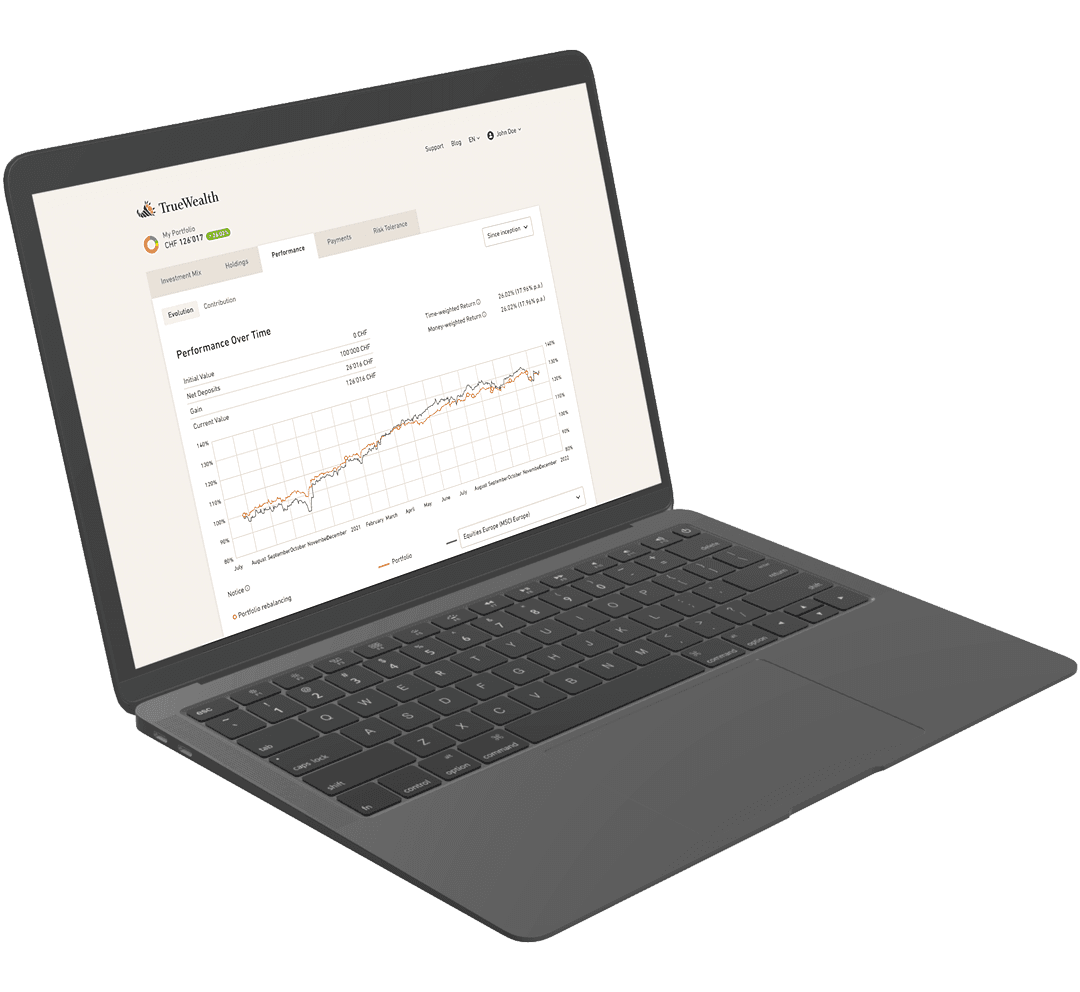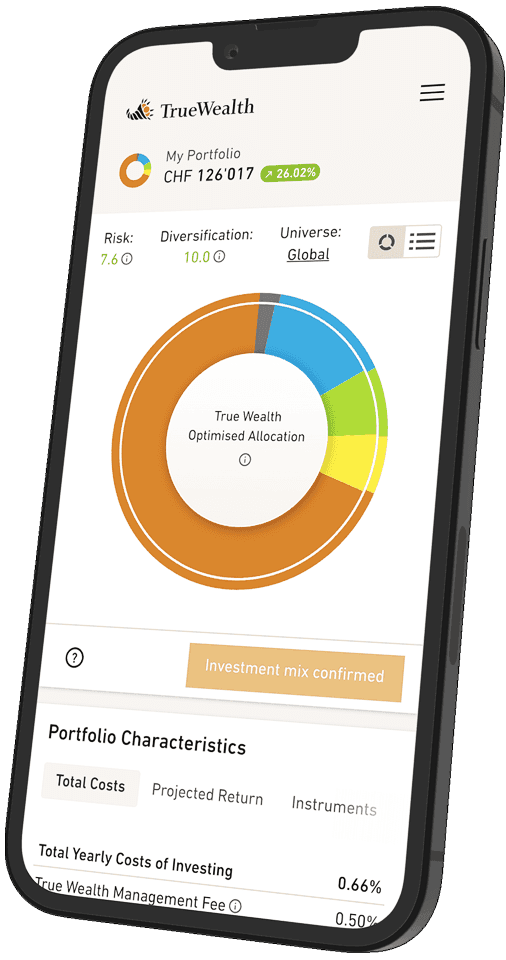#11 What you need to know about benchmarks
Benchmarks are extremely useful for assessing investment instruments and analyzing and comparing your own portfolio returns. But how does a benchmark actually work?
What is a benchmark?
A benchmark is basically a basket of investment instruments, usually shares, that are traded in a particular market. Let's take the Swiss stock market as an example. A benchmark assigns a weight to each of these investment instruments, usually based on the market capitalization of the company in question. This ensures that large companies are more strongly represented in the benchmark, while smaller companies have less influence. There are different types of benchmarks, but all have a theoretical return, which is calculated by simply multiplying the weighting by the price changes of the shares included. Depending on the type of benchmark, dividends are also taken into account.
There are two main types of benchmarks:
- Price benchmarks
- Total return benchmarks
A price benchmark does not take dividends into account, unlike a total return benchmark, which includes dividends or, in the case of bonds, the coupon (interest). Choosing the right type of benchmark is crucial in order to have a meaningful basis of comparison for your portfolio return. We recommend using the total return benchmark as it provides more realistic results.
Why is your return sometimes better and sometimes worse than the benchmark?
The differences between your portfolio return and the return of a benchmark can be due to several factors. Firstly, your portfolio should hopefully be well diversified. This means that you are not invested in just one asset class, but in several. Even within an asset class such as equities, you should not just focus on one region, such as Swiss equities. In contrast, most benchmarks or indices are often limited to a specific asset class and region. These differences in diversification can have a significant impact on returns.
Another important aspect is that benchmarks are often only theoretical constructs. In the real world, investments always incur costs. Buying and selling securities incurs trading fees, custody fees, brokerage fees and, in some countries, taxes such as withholding tax on dividends or stamp duty. These costs are not taken into account in benchmarks, which leads to differences in the real return.
In summary, the differences between your portfolio and a benchmark result from the real costs that are incurred in your portfolio but are not taken into account in the benchmark. In addition, benchmarks are often limited to one asset class and region, whereas your portfolio is hopefully more diversified.
About the author

Founder and CEO of True Wealth. After graduating from the Swiss Federal Institute of Technology (ETH) as a physicist, Felix first spent several years in Swiss industry and then four years with a major reinsurance company in portfolio management and risk modeling.

Ready to invest?
Open accountNot sure how to start? Open a test account and upgrade to a full account later.
Open test account